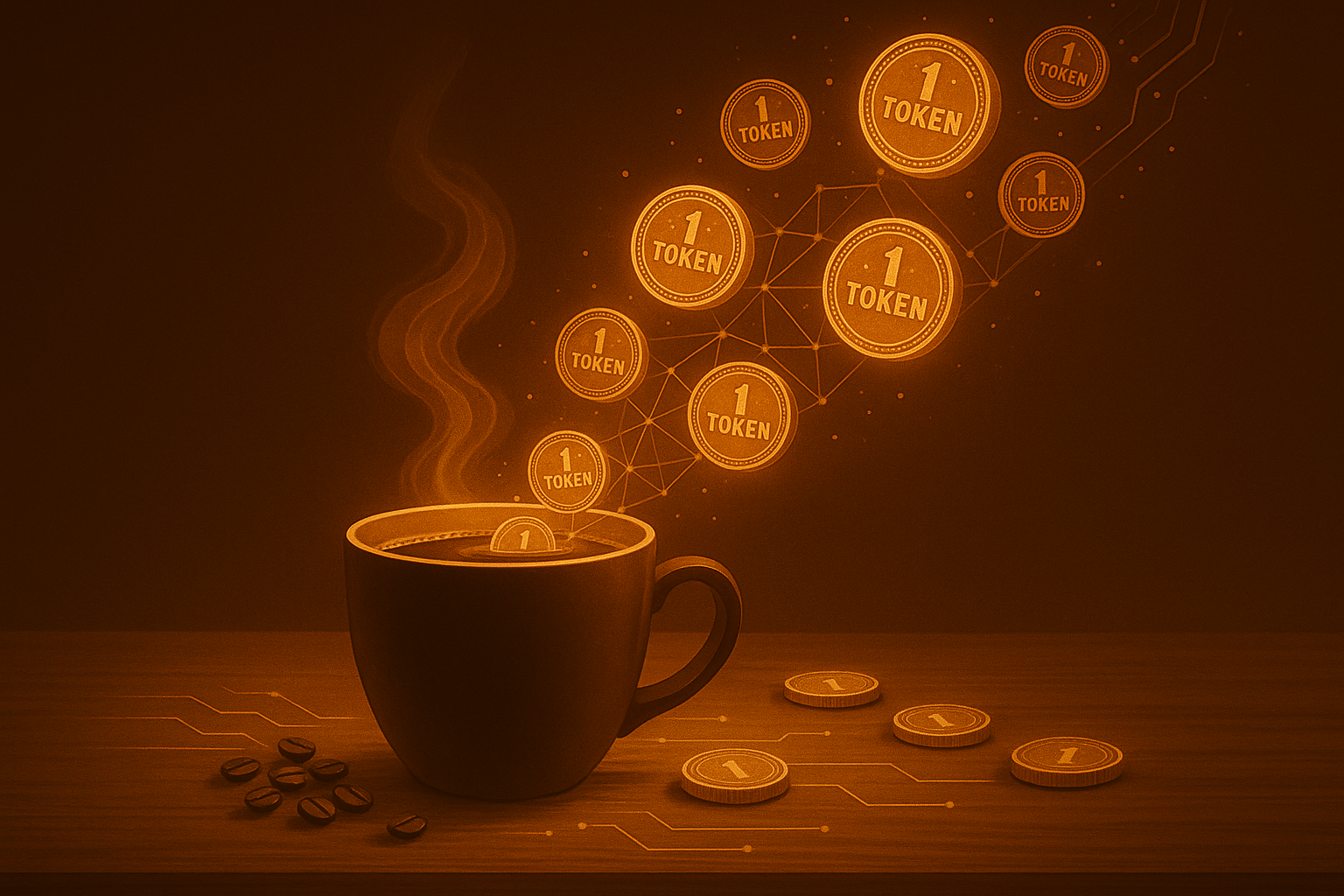
What Are Tokens And Why ChatGPT Counts Them Like Coffee Beans
I was copying an entire article into ChatGPT last month when suddenly it stopped me. "This exceeds the token limit," it said. Token limit? I thought I was just typing words.
Turns out, AI doesn't actually read words the way we do. And understanding this one concept will change how you use every AI tool out there.
What Even Is a Token?
A token is how AI breaks down language into digestible pieces. It's not quite a word, not quite a letter. It's somewhere in between.
Think of it this way: when you read "understanding," you see one word. When ChatGPT reads it, it might see "under," "stand," and "ing" as three separate chunks. Sometimes a token is a whole word like "coffee." Sometimes it's part of a word like "pre" in "preview." Sometimes it's just punctuation.
The average token is about 4 characters long in English. So roughly, 100 tokens equals about 75 words. But this varies wildly depending on what you're writing.
The Coffee Bean Analogy
Here's how I think about tokens: imagine you're a barista, but instead of making one big cup of coffee, you have to count out individual coffee beans for each customer.
You don't just scoop coffee. You count beans. One customer might order a simple espresso that takes 18 beans. Another wants a complex drink that needs 47 beans. The drinks are different sizes, but you're measuring in beans, not ounces.
That's exactly what ChatGPT does with language. It's not counting words or characters. It's counting tokens, its basic unit of measurement.
And just like a coffee shop has a maximum number of beans it can use per drink, AI models have maximum token counts they can handle at once.
Why AI Companies Count Tokens Instead of Words
This seems unnecessarily complicated, right? Why not just count words like normal humans?
Because AI models don't think in words. They think in patterns. Breaking language into tokens helps them spot those patterns more efficiently.
A word like "unbelievable" is packed with meaning. But to an AI, breaking it into "un," "believ," and "able" reveals the structure. It can understand that "un" makes things negative, "believ" relates to belief, and "able" means capable of. That's way more useful than treating the whole word as one mysterious block.
Plus, tokens work across languages, handle typos better, and deal with technical terms or made-up words that wouldn't exist in a normal dictionary.
The Real Cost of Tokens
Here's where it gets interesting for you as a user: tokens are literally how AI companies charge for their services.
When you use ChatGPT's API, you're not paying per question. You're paying per token. Both the input tokens (what you send) and output tokens (what it replies with) count toward your bill.
This is why being concise actually saves you money if you're a power user. That rambling 500-word prompt? It might cost 5x more than a focused 100-word prompt that gets the same result.
Even with free ChatGPT, you're limited by tokens. Those conversation limits you hit? That's token limits, not message limits. One really long conversation can max you out faster than five short ones.
What This Means for How You Use ChatGPT
Understanding tokens changes your strategy completely.
First, don't paste entire documents unless necessary. Summarize the key points instead. If you need ChatGPT to analyze a 10-page report, consider breaking it into sections or pulling out the most relevant paragraphs.
Second, be aware that ChatGPT has a memory limit per conversation. It can typically handle around 4,000 to 8,000 tokens of context depending on which version you're using. That's roughly 3,000 to 6,000 words total including both your messages and its responses.
Once you exceed that, it starts "forgetting" the beginning of your conversation. Ever noticed ChatGPT contradicting something it said earlier in a long chat? That's token limits at work.
Third, if you're on a paid plan with higher limits, those limits are still there. They're just bigger. Understanding tokens helps you maximize what you get from those limits.
How to Check Your Token Count
You don't have to guess. OpenAI has a free tokenizer tool on their website where you can paste text and see exactly how many tokens it uses.
This is incredibly useful if you're trying to optimize prompts or stay under specific limits. I use it all the time when I'm crafting longer prompts and want to trim the fat.
You can literally watch how different phrasings change your token count. Sometimes rewording a sentence can save you 10-15% in tokens without losing any meaning.
The Bottom Line
Tokens are the currency of AI conversations. Every interaction you have with ChatGPT, Claude, or any other AI is measured in these little chunks of language.
You don't need to obsess over every token. But knowing they exist helps you understand why AI tools have the limits they do, why some prompts work better than others, and how to get more value from each conversation.
Think of tokens like coffee beans in your favorite drink. You don't need to count each one, but knowing they're being measured helps you understand why some orders cost more than others.
Next time ChatGPT tells you you've hit a limit, you'll know exactly what it means. And more importantly, you'll know how to work smarter within those limits.
See you next time. Keep those prompts crisp.